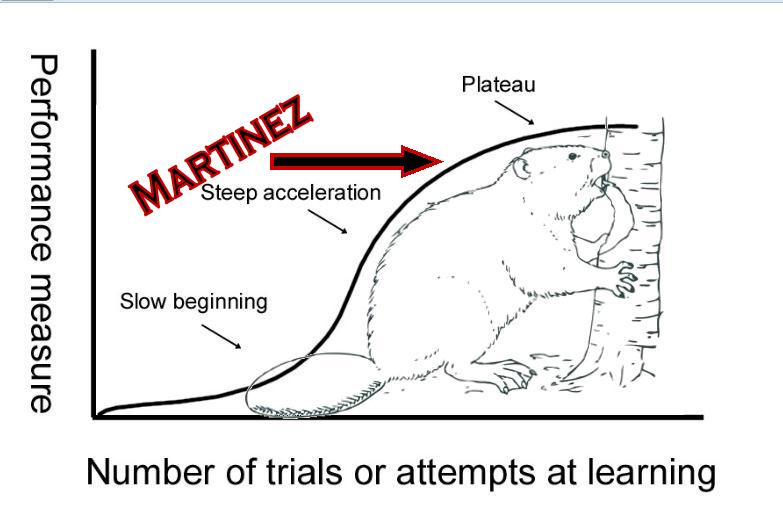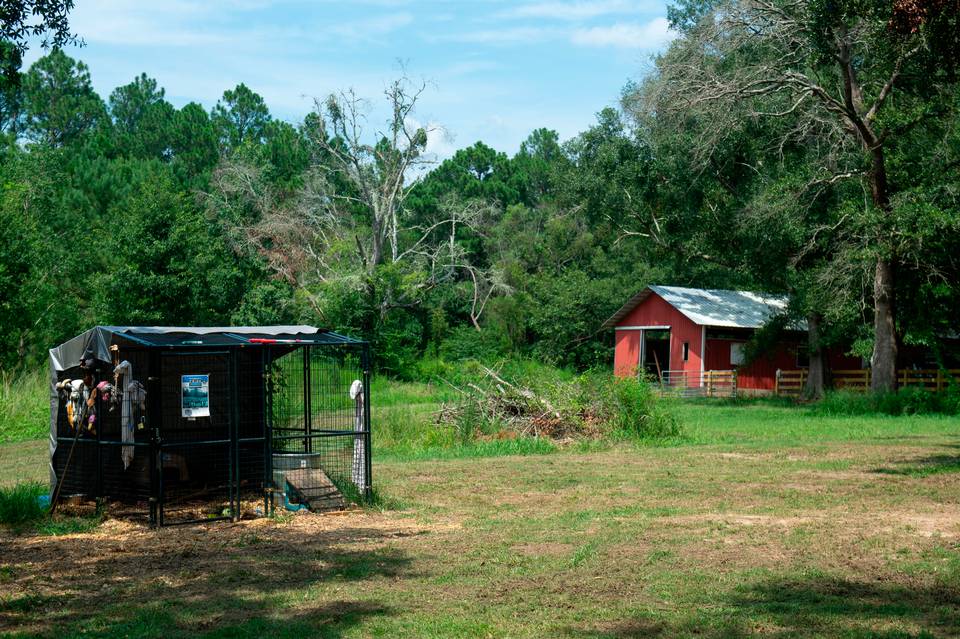This article made me smile. For obvious reasons I like the headline very much. It just gets better from there.
 In October, WildEarth Guardians’ Hop Hopkins (Executive Director), Lindsay Larris (Conservation Director), Chris Smith (Wildlife Program Director), and Joanna Zhang (Endangered Species Advocate) all attended BeaverCON in Boulder, Colorado.
In October, WildEarth Guardians’ Hop Hopkins (Executive Director), Lindsay Larris (Conservation Director), Chris Smith (Wildlife Program Director), and Joanna Zhang (Endangered Species Advocate) all attended BeaverCON in Boulder, Colorado.
Why? And what is BeaverCON? Read on to learn how beavers are “having a moment!”
Maybe this is a bit obvious, but I have to ask it first: what the heck is BeaverCON? When I mention it to my friends, most of them just look at me like I’m crazy. So what is it, and why did you go?
CS: I got a lot of funny looks when I told my friends about it. Someone asked if it was just a bunch of nerds who like beavers. And, that is kind of right, I guess. But, I’d say it’s a gathering of beaver nerds who are mostly interested in figuring out how to help this rodent help us.
Just so you know, Chris was one of two leaders of the New Mexico beaver summit that I plied with questions when he inspired me to try something like that in California.
HH: BeaverCON is a biennial International Conference organized by The Beaver Institute. The event is held every other year and this year’s event was held at the University of Colorado, Boulder. This was the third BeaverCON and my first time attending. It was attended by professionals, practitioners, researchers, and everyday people who are interested to learn from others and to celebrate beavers. Such a wonderfully conceived advocacy, educational, and social event.
Why are beavers important?
JZ: Brock Dolman, conservation biologist and permaculture teacher at the Occidental Arts and Ecology Center has this mantra, “Slow it, spread it, sink it,” when it comes to water management. Beavers do exactly that. By building dams, and by extension ponds and wetlands, beavers reduce flow rates, increase water storage, trap sediment, create still-water habitats, and a myriad of other effects. From flood mitigation to wildfires to drought resilience, beavers are incredibly important partners to work with.
I’m looking at the attendee list and I see an enormous diversity of professions and perspectives. What do you make of so many crosscutting groups coming together to celebrate and restore a rodent?
HH: I had such a great time meeting other conservationists interested in employing nature-based solutions utilizing beaver-related ecological and community restoration strategies. There were presentations, workshops, field outings, and social events – something for everyone and every learning style. One could see this as single issue advocacy, however, it is an intersectional conservation systems thinking approach to addressing an interconnected set of ecological issues. This is an example of what the “Bigger We” looks like in practice – unlikely allies in the form of organizations, disciplines, and tribal communities converging to collectively realize a future of ecological balance and coexistence with beavers.
At the time I thought beavers were such a whiff of mild curiosity in California that the Summit needed to be virtual and cover a lot of short introductory topics to get attendance.
That seems so quaint now.
What was your favorite panel, speaker, or side conversation at the conference? What did you learn?
CS: I got to chat with Mickki Garrity (Potawatomi Nation) who is studying the interplay between wild rice and beavers in the Upper Midwest from an ecological and cultural perspective. I would mess up some of the details of what Mickki is researching, but my basic understanding is that wild rice can survive and thrive in beaver-engineered waterways, but is losing ground where beaver populations have decreased. I am very much a west-of-the-Rockies person, so I know next-to-nothing about the Midwest or wild rice. It was fascinating and lent me a totally different angle for why beavers matter so much to so many. Mickki also wrote this amazing story.
JZ: My favorite speaker was Cristina Mormorruni (co-founder and executive director of INDIGENOUS LED), who gave a talk called, “Between two worlds: relational conservation and restoring relations.” She explained her group’s Indigenized approach to conservation, which focuses on holistic, science-based, community-centered social change. Cristina highlighted the sanitized language used in Westernized conservation – for example, referring to forests or wild animals as “natural resources.” In this framework, mitigating and reversing extinction trajectories isn’t just addressing a biodiversity crisis, but restoring relationships with relatives.
I like the idea of beavers and wildrice thriving side by side. Makes sense to me.
What’s a “beaver believer?” Do you think of yourself as one? Why?
CS: I think a beaver believer is basically someone who has learned just enough to put a lot of faith and hope in a smelly, awkward rodent. I’m definitely a beaver believer. I’m always looking for answers and reasons to keep working toward a world that doesn’t always seem like it wants to emerge. Beavers are a good ally in that search.
JZ: I saw the documentary, “The Beaver Believers,” when it was part of the Banff Centre Mountain Film Festival Tour in 2018, and that was the first time I heard the term. The documentary tells the story of a group of activists in the Mountain West who work with beavers to restore watersheds from the Cascades in Washington to an urban park in central California. I’d say a beaver believer is someone who sees the value in working with this unique species rather than trying to dominate nature with overengineered solutions.
Beavers are known as ecosystem engineers, and they can have far-reaching, sometimes surprising effects on the landscape and other species. What was the coolest beaver-related effect you heard about at the conference?
CS: It’s a little bit old hat to me now, but I’d be remiss to not spotlight the wildfire mitigation and refugia impacts that beavers can have. Dr. Emily Fairfax, who has been a friend of the New Mexico Beaver Project since our launch, has led the science on beavers and wildfires and seeing some of the photographic evidence of this relationship is always inspiring.

I’m so old I remember when beavers were just a punchline and you had to beat the bushes to fill 200 chairs at a conference.
CS: In New Mexico, Guardians is spearheading the New Mexico Beaver Project, advocating that the state invest in beaver coexistence and restoration on a broad scale.
When’s the next BeaverCON, and how can I get involved in helping beavers?
JZ: The dates for the next BeaverCon haven’t been announced yet, but I heard at the conference that it’s likely to be held at the University of Minnesota, where Dr. Emily Fairfax’s group is based. There are countless beaver-based projects happening across the country, so I’d recommend looking up your local restoration groups and environmental nonprofits and letting them know you’re interested in helping out.
Nowadays everybody and his brother wants to learn about or work for beavers. And its still only scratching the surface.
Things are better than they were but we all still have a lot of work to do.
















































